Since 1976, Peli has been the world leader in the manufacture of high-performance cases and containers, as well as advanced lighting systems. Thus, manufacturing is a sector that Peli knows fairly well.
One topic around manufacturing that warrants a discussion is that of lean manufacturing. What is lean manufacturing? How does it work? And what are the five principles for lean manufacturing? We will explore that in this post.
What is Lean Manufacturing?
Lean manufacturing is a process of manufacturing which seeks to maximise productivity while at the same time minimising waste within the process. Waste is defined as anything that does not add value that a customer would be willing to pay for.
Due to the increased productivity and decreased operational waste, lean manufacturing can result in benefits to the manufacturing organisation such as reduced lead times and operating costs as well as improved product quality, customer satisfaction, and increased profit.
The Five Lean Manufacturing Principles
The methodology of lean production is based on a specific set of principles, which have been highly influential in systems of production around the world. Although originally applied specifically to manufacturing organisation processes, it has also crossed over into other industries not necessarily related to manufacturing, such as healthcare, software, and service industries.
The five principles of manufacturing are, defining value, mapping the value stream, creating flow, establish flow, and pursue perfection.
Defining value
As mentioned previously, lean manufacturing principles aim to add value to the end user. Thus, value must be defined. What is it that customers want and for what they are willing to pay? This is not always easy to answer, especially when it comes to launching a new product to market. Having said that, qualitative techniques such as interviews, focus groups, surveys as well as quantitative techniques such as data analysis of past purchase behaviour and demographic information can help to uncover what exactly the end-user believes is valuable.
The manufacturer, equipped with the knowledge of the end-users’ value, should seek to eliminate waste and costs to meet the optimal price for the end-user while also maximising profits as much as possible.
Mapping the Value Stream
The next lean principle is identifying and mapping the value stream, which covers the entire lifecycle of a product, from raw material procurement to disposal. The goal in this step is to use the knowledge of the value defined in the first principle as reference points and to locate areas within the manufacturing process that correlate with said value. Any activities, materials or other resources within the process that are not deemed to add value to the end customer are thus considered waste. Each activity or process that is considered wasteful is then broken down into two categories: non-value but necessary and non-value and unnecessary. The latter is thus able to be discarded altogether from the process, while the former is necessary, but should be reduced as much as possible.
It should be mentioned that modern manufacturing is often a complex process. It requires the combined efforts of engineers, scientists, designers, marketers, and many more within an organisation. The manufacturing of the actual finished product is just one part of the wider value stream.
Creating Flow
Once the waste from the value stream is removed or reduced as much as possible, the flow of the remaining processes must be analysed to ensure that the steps of product manufacturing will run smoothly, cutting out bottlenecks that interrupt or delay the process. Bottlenecks in production processes result in cost incursion, thus creating flow is imperative to ensuring consistent stream for the product or service delivery.
Establish a Pull System
Most manufacturing resource planning systems run on push systems. The pull system, on the other hand, requires that work only commence when there is demand. This is because inventory is one of the biggest wastes within a production facility. The critical point to understand about a push system is that it works based on product demand forecasts, which are notorious for being inaccurate, resulting in either too much or to little of a product being produced to meet the actual demand. This leads to waste such as warehousing costs, disrupted production schedules and poor customer satisfaction. The pull system allows for a Just-In-Time inventory system, where products and components are only created at the time they are needed, in the quantities needed. This means that only the products needed to satisfy customers and provide value to customers are produced, nothing more, nothing less.
Perfection
Lean manufacturing requires an ongoing assessment and improvement of processes and procedures that will continually eliminate waste. These continued process improvements and the overall pursuit of perfection is known as Kaizen, which was popularised by the Toyota Motor Corporation. Kaizen systems seek to continuously improve, in the effort of finding the perfect system for the value stream. For continuous improvement to make an impact for an organisation, it must be instilled and integrated into the entire culture of an organisation. This culture of continuous improvement should filter through all levels of the organisation, from top to bottom. All employees of an organisation should strive for perfection and deliver products based on the customer’s needs.
How does Peli help manufacturing industry professionals?
The manufacturing industry involves the use of machines and other mechanical apparatuses that require regular maintenance. Maintenance often requires tools that are both fragile and expensive. Peli’s wide range of high-performance IP67 watertight cases are the industry standard solution for protecting such tools. Find out more about Peli’s cases by clicking on the button below.
In addition, maintenance of machinery requires lighting in many cases. Peli produces a wide range of headlamps, torches, and work lights for just this type of job. This also includes ATEX safety-certified lighting for manufacturing facilities where hazardous potentially explosive atmospheres exist. Special explosion-proof machinery must be used in these areas to guard against possible catastrophes, including lighting. Peli lighting and ATEX safety-certified explosion-proof lighting allows maintenance professionals to light up the area in front of them, keeping them safe as they work.
Find out more about Peli’s lighting tools by clicking on the button below.






.png)





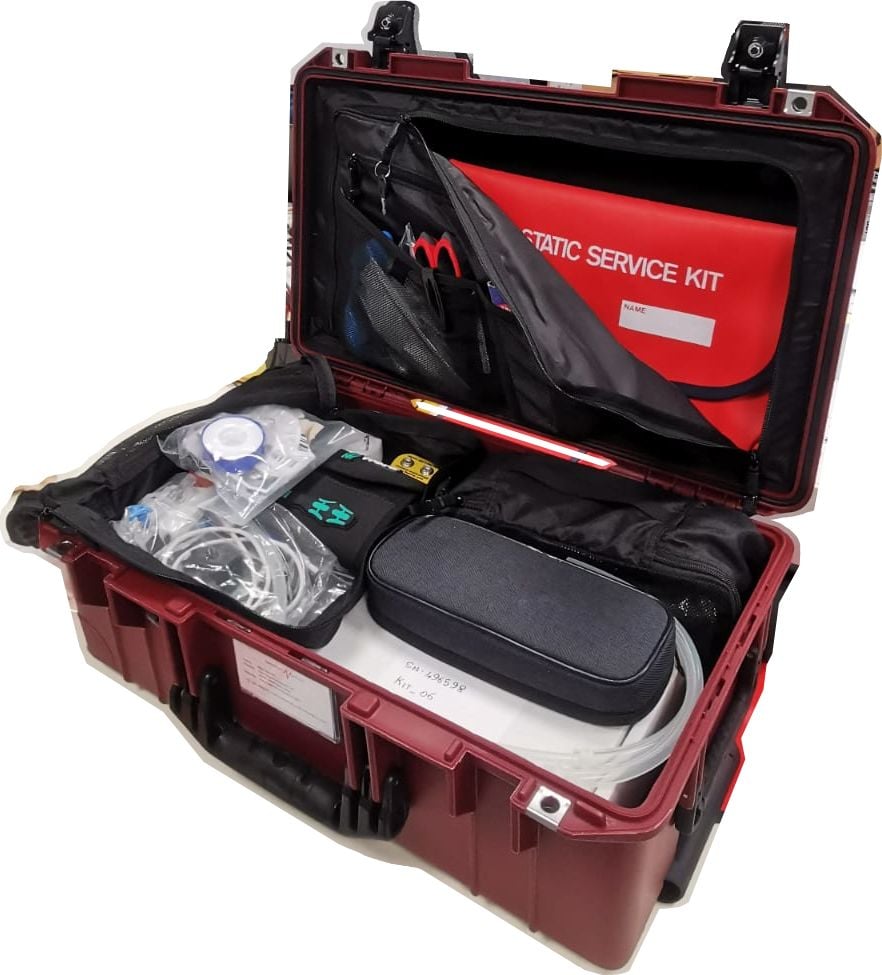
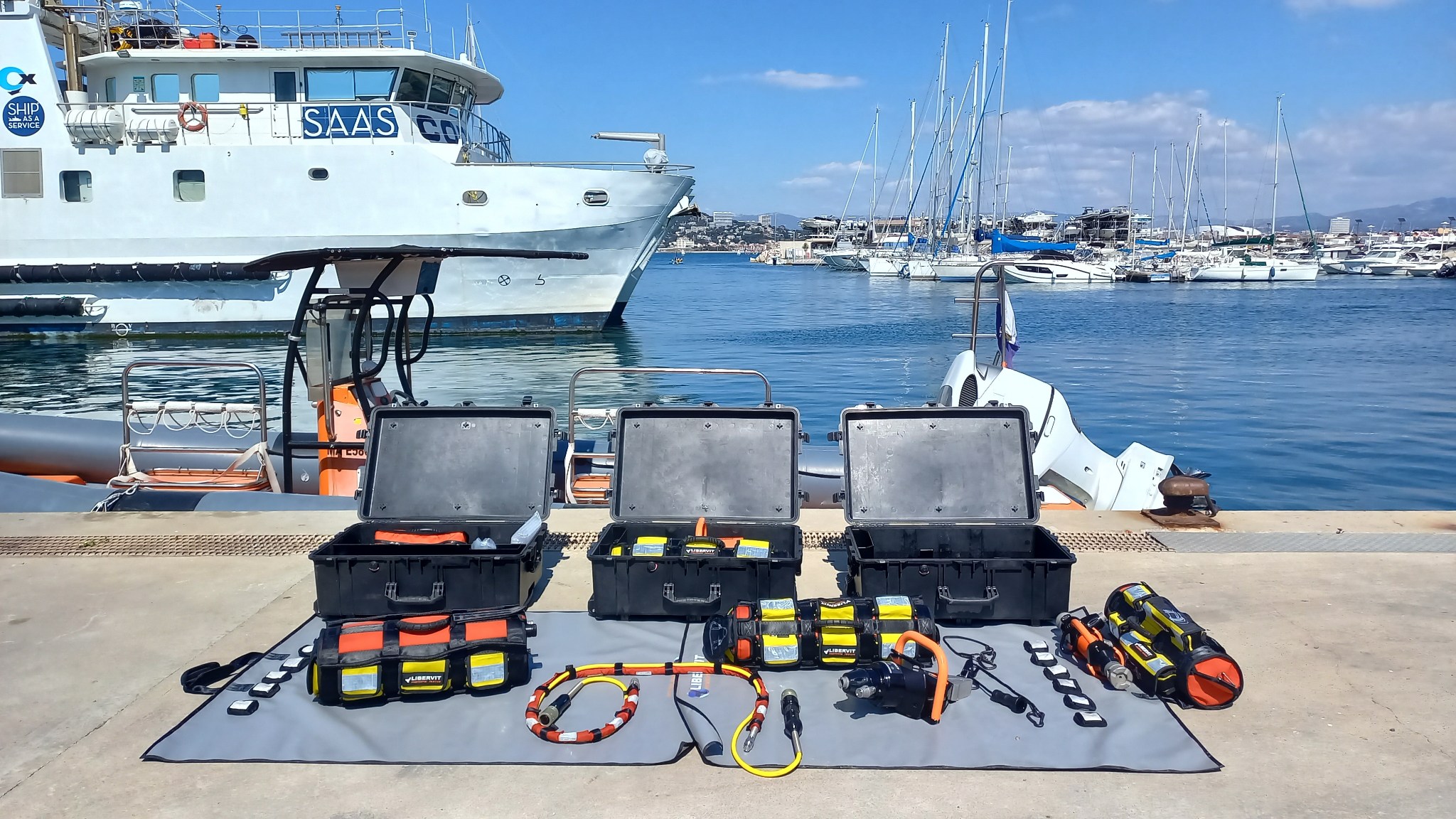
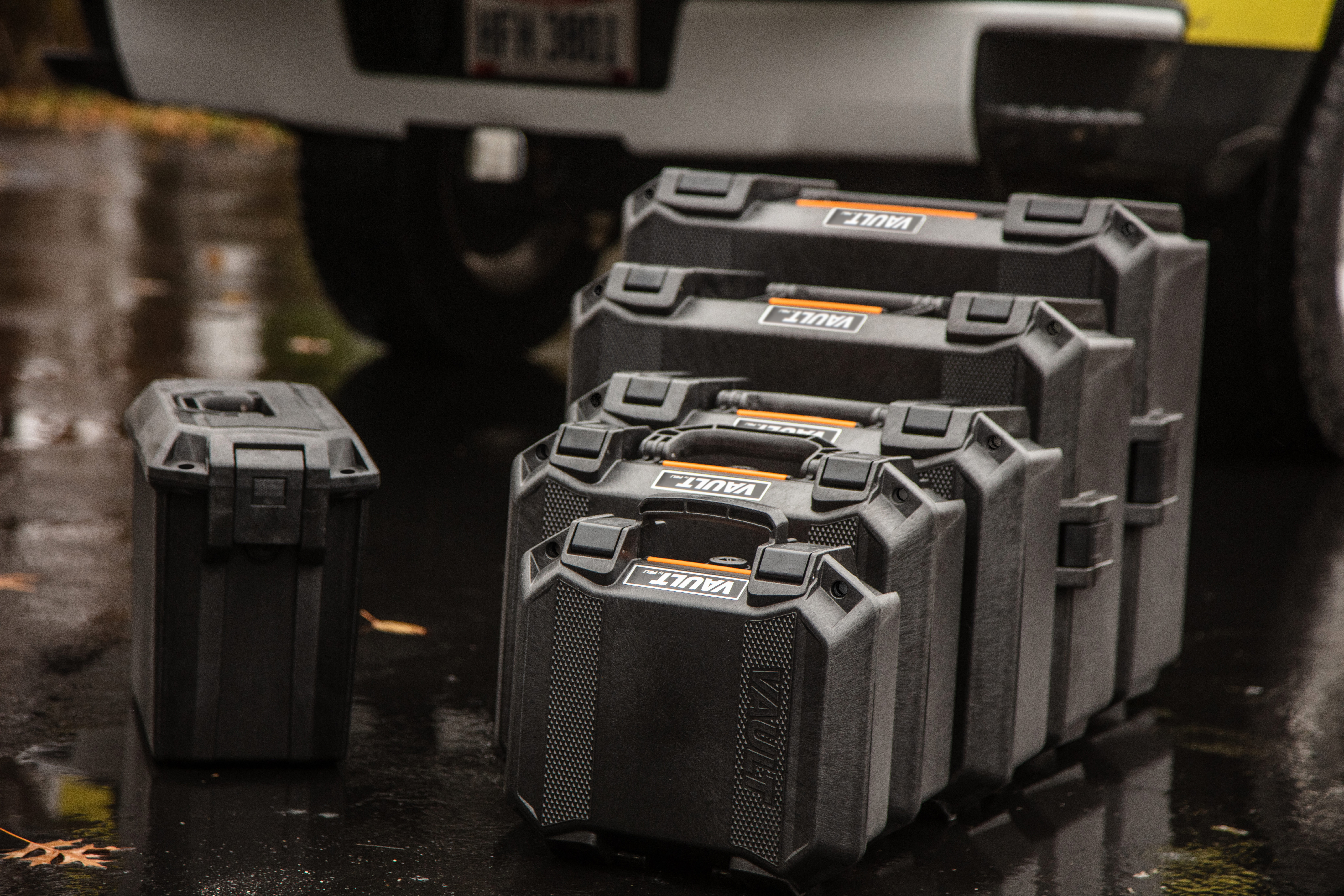
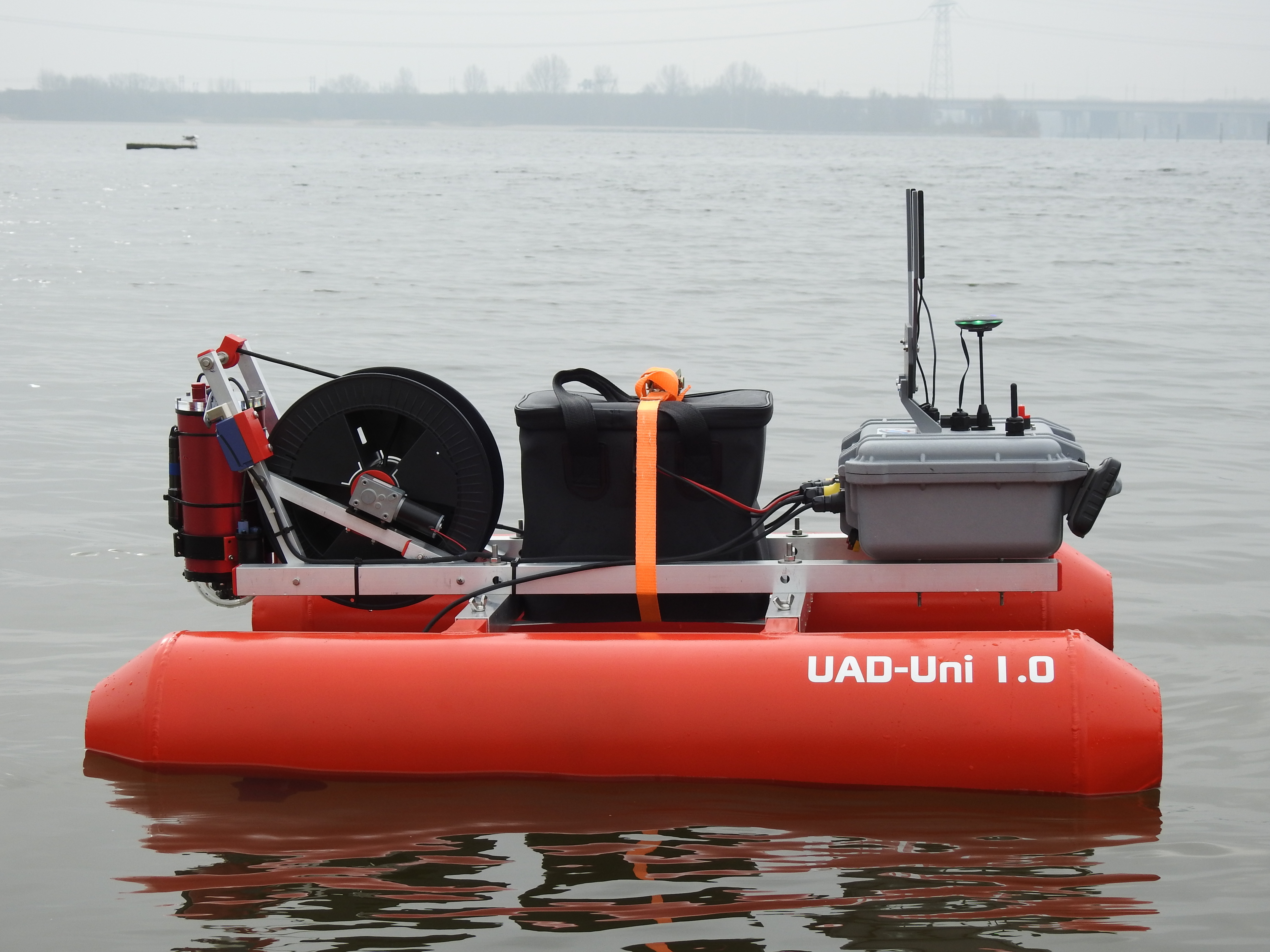





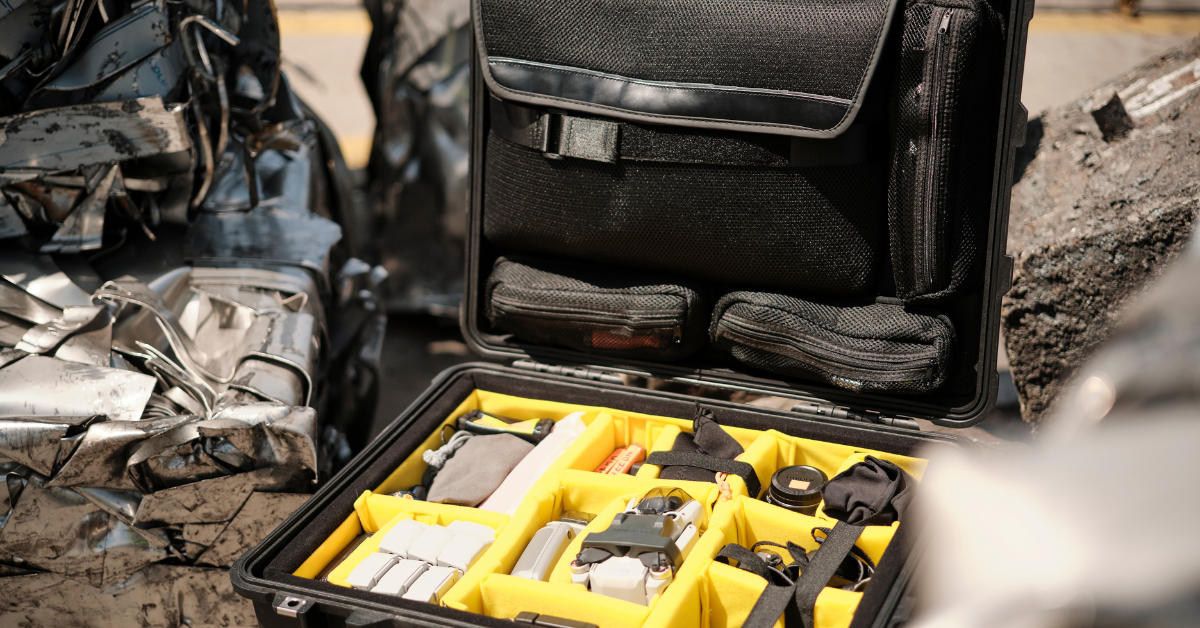
Post a comment